Discover the Peloponnese
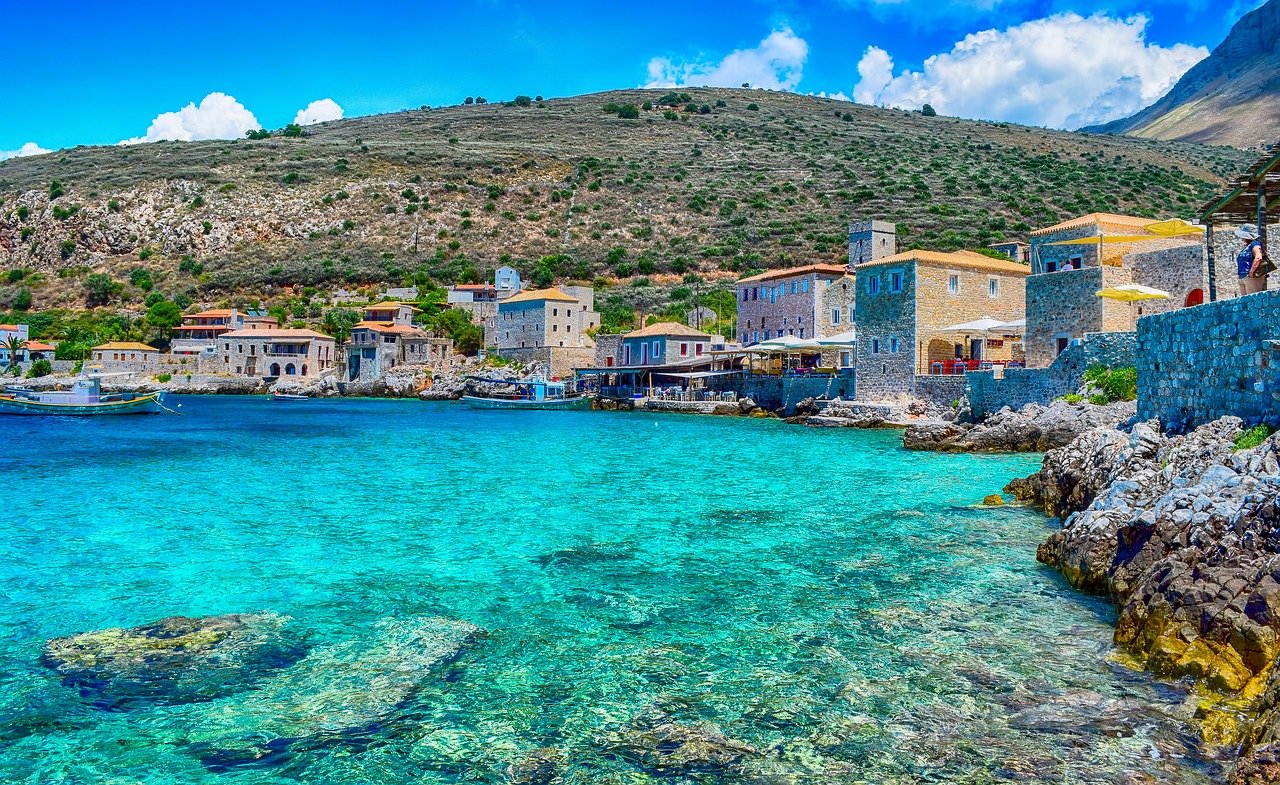 The Peloponnese peninsula in southern Greece feels like sacred ground. A wild and beautiful setting for ancient myths of gods and heroes, it is also home to some of the pinnacles of human civilisation, from the temples and sports grounds of the original Olympic Games to intimate Byzantine churches with fabulously frescoed interiors.
The Peloponnese peninsula in southern Greece feels like sacred ground. A wild and beautiful setting for ancient myths of gods and heroes, it is also home to some of the pinnacles of human civilisation, from the temples and sports grounds of the original Olympic Games to intimate Byzantine churches with fabulously frescoed interiors.
Olympia
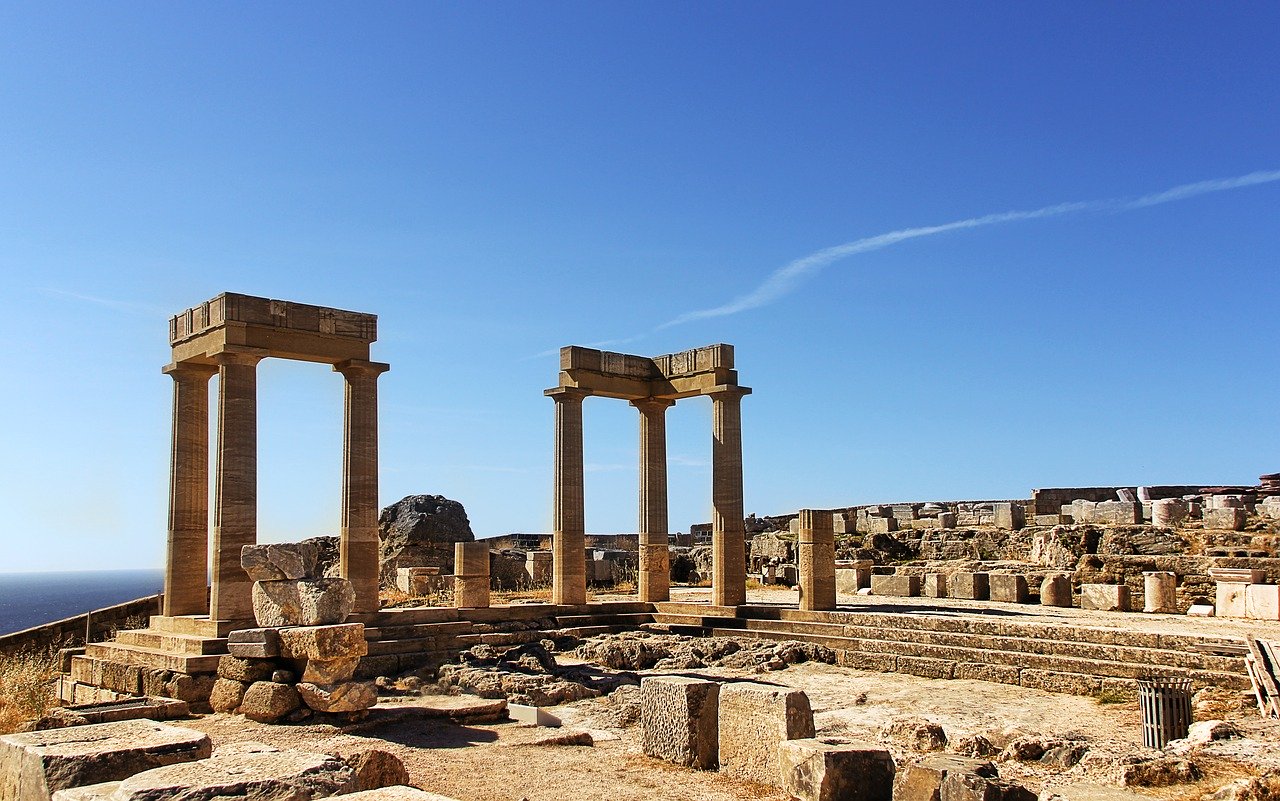 Olympia, ruined ancient sanctuary, home of the ancient Olympic Games, and former site of the massive Statue of Zeus, which had been ranked as one of the Seven Wonders of the World. Olympia is located near the western coast of the Peloponnese peninsula of southern Greece, 10 miles (16 km) inland from the Ionian Sea, near a point where the Alpheus (Alfios) and Cladeus (Kladios) rivers meet. Set amid an idyllic countryside consisting of low, wooded hills alternating with farmland, the Olympia archaeological site is of outstanding cultural significance. It was designated a UNESCO World Heritage site in 1989.
Olympia, ruined ancient sanctuary, home of the ancient Olympic Games, and former site of the massive Statue of Zeus, which had been ranked as one of the Seven Wonders of the World. Olympia is located near the western coast of the Peloponnese peninsula of southern Greece, 10 miles (16 km) inland from the Ionian Sea, near a point where the Alpheus (Alfios) and Cladeus (Kladios) rivers meet. Set amid an idyllic countryside consisting of low, wooded hills alternating with farmland, the Olympia archaeological site is of outstanding cultural significance. It was designated a UNESCO World Heritage site in 1989.
Nafplio
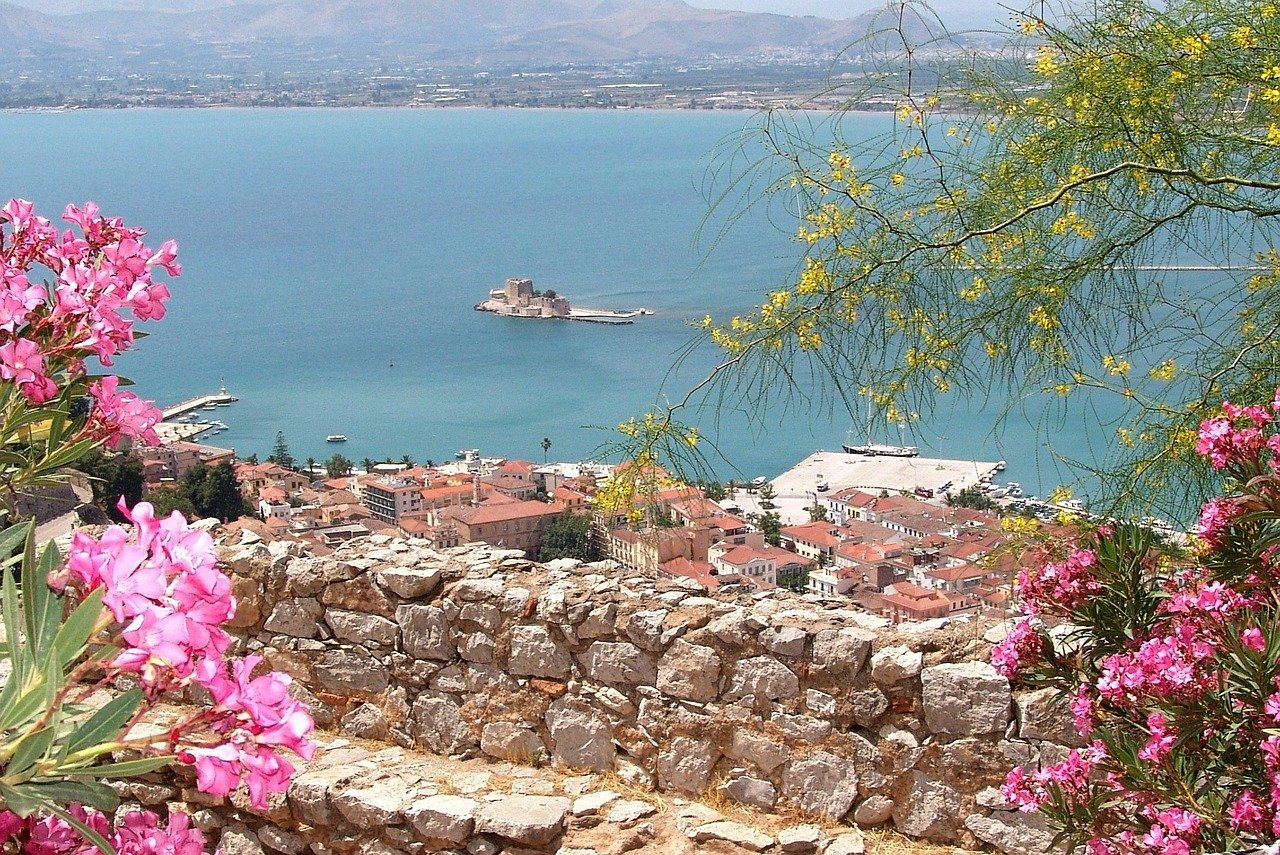 Nafplio is a seaport town in the Peloponnese in Greece that has expanded up the hillsides near the north end of the Argolic Gulf. The town was an important seaport held under a succession of royal houses in the Middle Ages as part of the lordship of Argos and Nauplia, held initially by the de la Roche following the Fourth Crusade before coming under the Republic of Venice and, lastly, the Ottoman Empire. The town was the capital of the First Hellenic Republic and of the Kingdom of Greece, from the start of the Greek Revolution in 1821 until 1834. Nafplio is now the capital of the regional unit of Argolis.
Nafplio is a seaport town in the Peloponnese in Greece that has expanded up the hillsides near the north end of the Argolic Gulf. The town was an important seaport held under a succession of royal houses in the Middle Ages as part of the lordship of Argos and Nauplia, held initially by the de la Roche following the Fourth Crusade before coming under the Republic of Venice and, lastly, the Ottoman Empire. The town was the capital of the First Hellenic Republic and of the Kingdom of Greece, from the start of the Greek Revolution in 1821 until 1834. Nafplio is now the capital of the regional unit of Argolis.
Mycenae
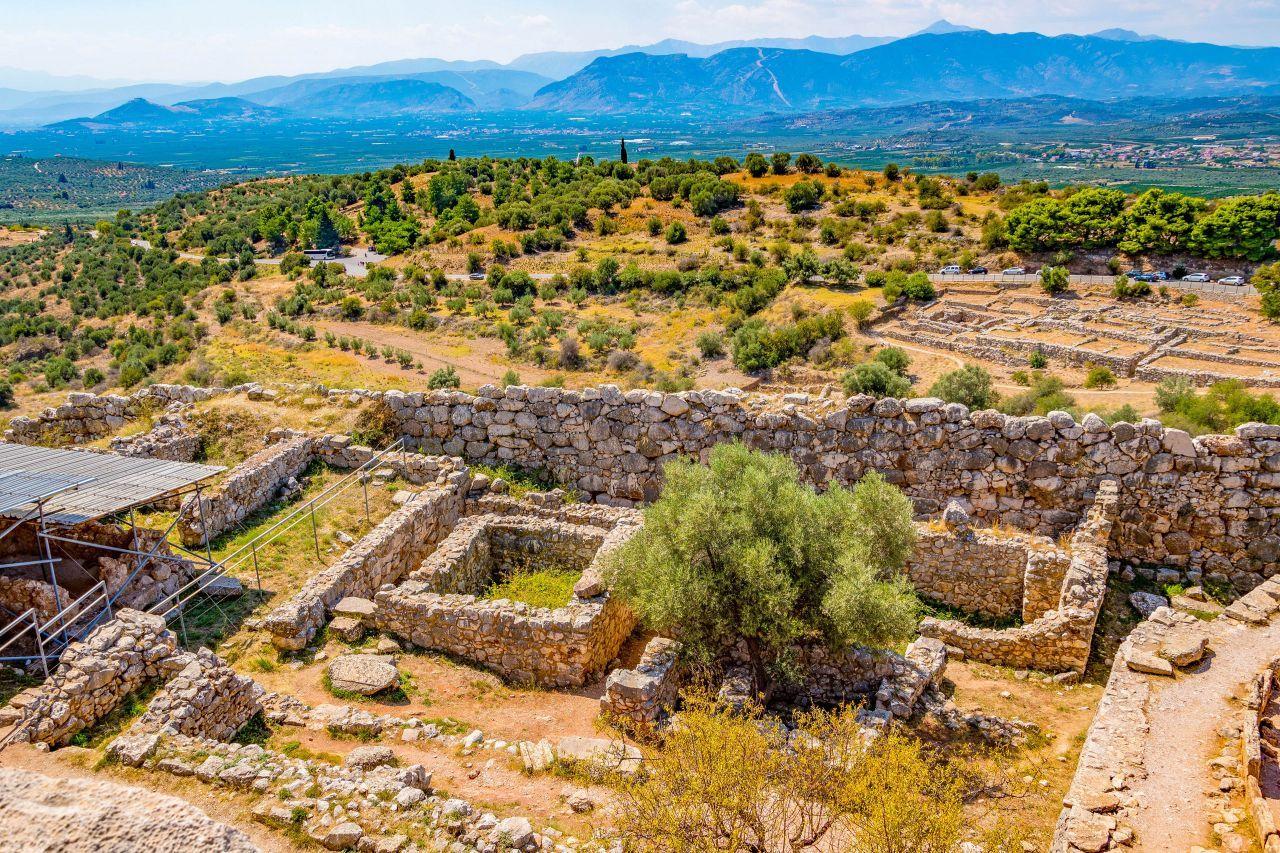 Mycenae is an ancient city located on a small hill between two larger hills on the fertile Argolid Plain in the Peloponnese. The Bronze-age acropolis, or citadel built on a hill, is one of the great cities of the Mycenaean civilization that played a vital role in classical Greek culture. Mycenae was also prominent in Greek mythology and inspired poets, writers, and artists throughout the centuries, though it was ultimately abandoned more than 2,000 years ago.
Mycenae is an ancient city located on a small hill between two larger hills on the fertile Argolid Plain in the Peloponnese. The Bronze-age acropolis, or citadel built on a hill, is one of the great cities of the Mycenaean civilization that played a vital role in classical Greek culture. Mycenae was also prominent in Greek mythology and inspired poets, writers, and artists throughout the centuries, though it was ultimately abandoned more than 2,000 years ago.
Epidaurus
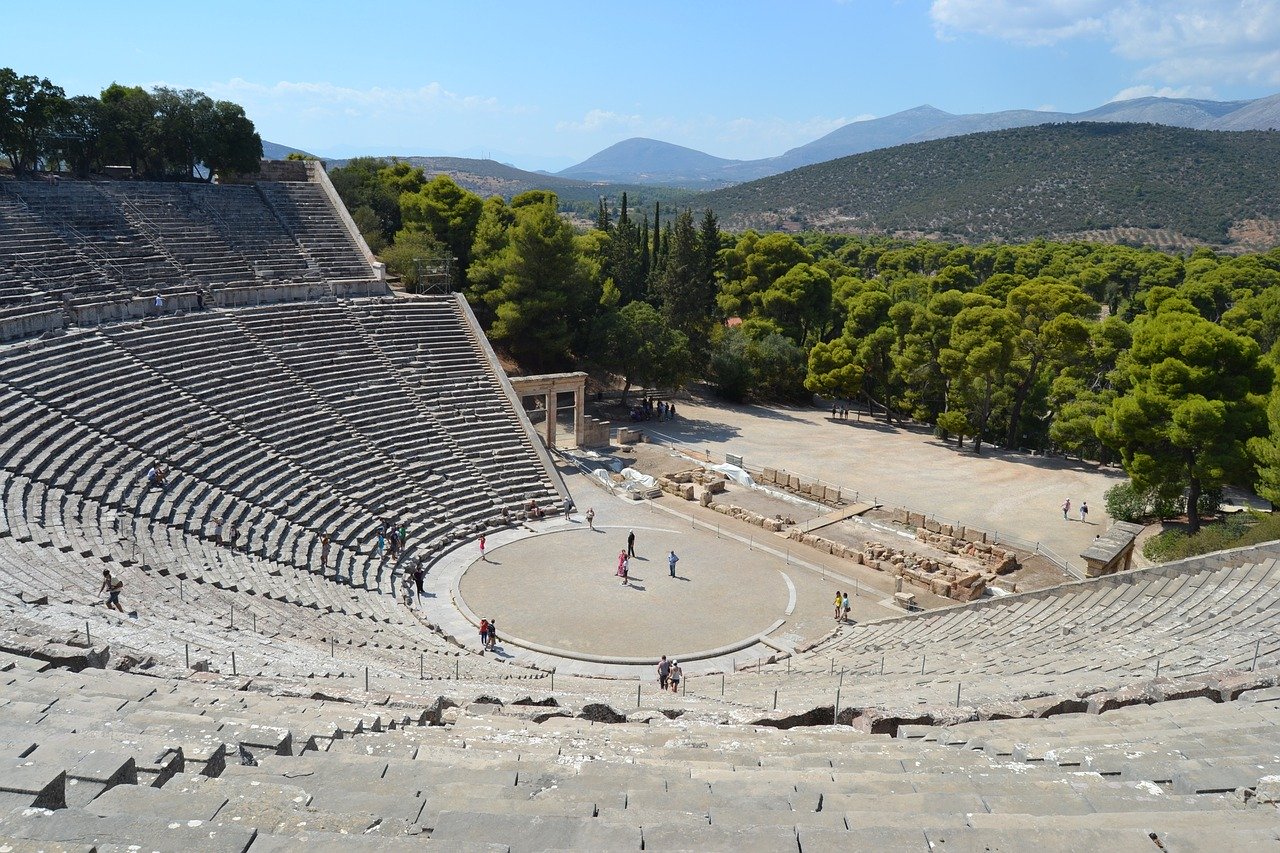 Epidaurus is one of the most popular archaeological sites in Greece. Located on the north eastern side of Peloponnese, in the region of Argolis, Epidaurus Greece is mostly famous for its Ancient Theatre. This theatre was constructed in the late 4th century BC to host religious ceremonial events in honor of god Asclepius, whose healing centre was located few steps away. Famous for its symmetry and the incredible acoustics, this classical theatre is surrounded by lush greenery and gives nice view to the valley below. In summer, it hosts performances of ancient Greek drama.
Epidaurus is one of the most popular archaeological sites in Greece. Located on the north eastern side of Peloponnese, in the region of Argolis, Epidaurus Greece is mostly famous for its Ancient Theatre. This theatre was constructed in the late 4th century BC to host religious ceremonial events in honor of god Asclepius, whose healing centre was located few steps away. Famous for its symmetry and the incredible acoustics, this classical theatre is surrounded by lush greenery and gives nice view to the valley below. In summer, it hosts performances of ancient Greek drama.
Temple of Apollo (Delphi)
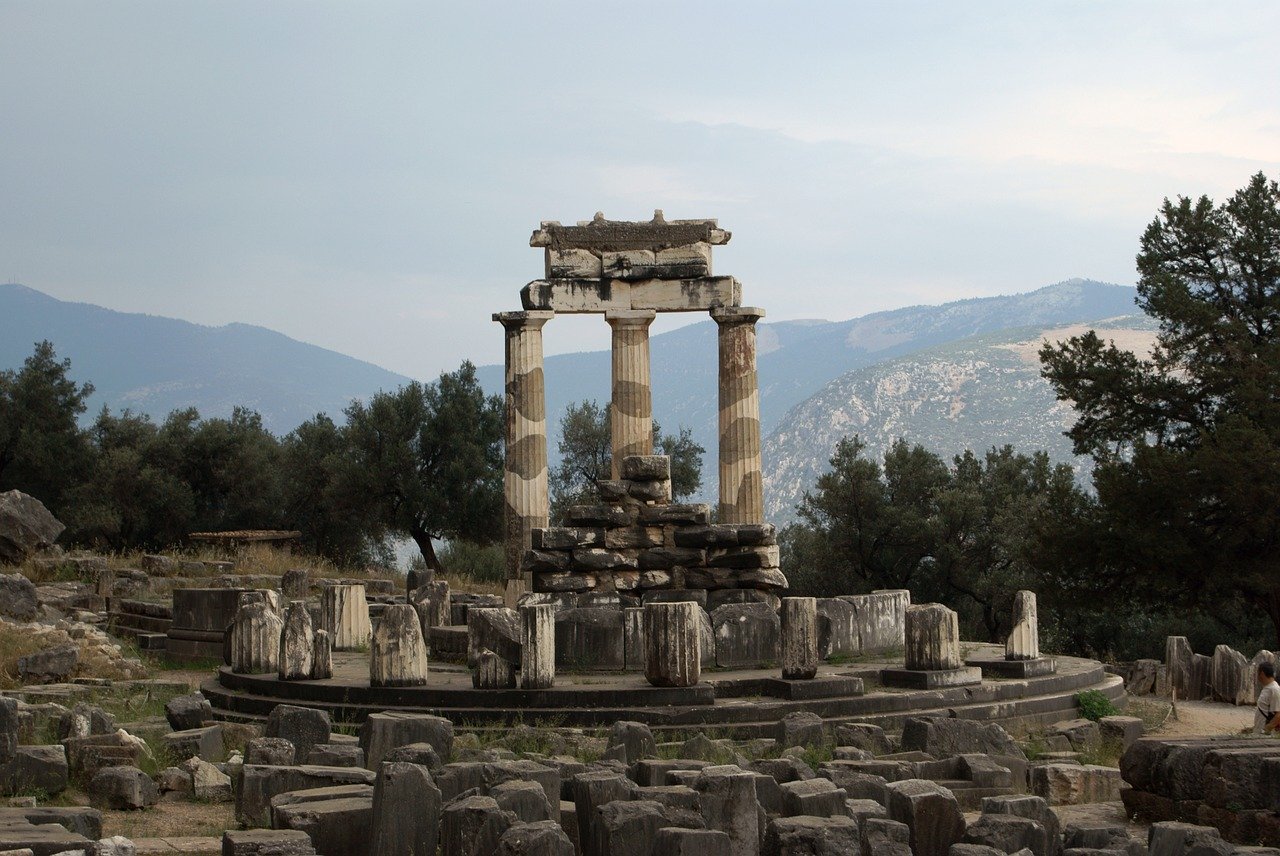 The Temple of Apollo is central among the number of imposing ruins that are interspersed on the Southern slopes of Parnassos mountain. It is an imposing temple of the Doric order whose existence was woven through the turbulent history of the site, and endured numerous incarnations before it settled to the ruinous state we find it today, and which dates back to the 4th c. B.C.
The Temple of Apollo is central among the number of imposing ruins that are interspersed on the Southern slopes of Parnassos mountain. It is an imposing temple of the Doric order whose existence was woven through the turbulent history of the site, and endured numerous incarnations before it settled to the ruinous state we find it today, and which dates back to the 4th c. B.C.
Hydra
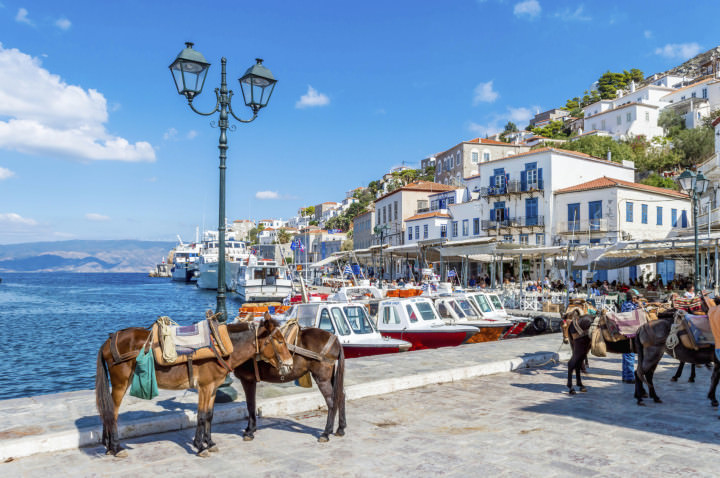 In Hydra island, you won’t see any cars. Everyone uses their foot, boats or donkeys to get around the island. The cars ban, along with the elegant stone mansions of the island, create a charming atmosphere and make the island one of the most serene destinations in the Peloponnese
In Hydra island, you won’t see any cars. Everyone uses their foot, boats or donkeys to get around the island. The cars ban, along with the elegant stone mansions of the island, create a charming atmosphere and make the island one of the most serene destinations in the Peloponnese
Spetses
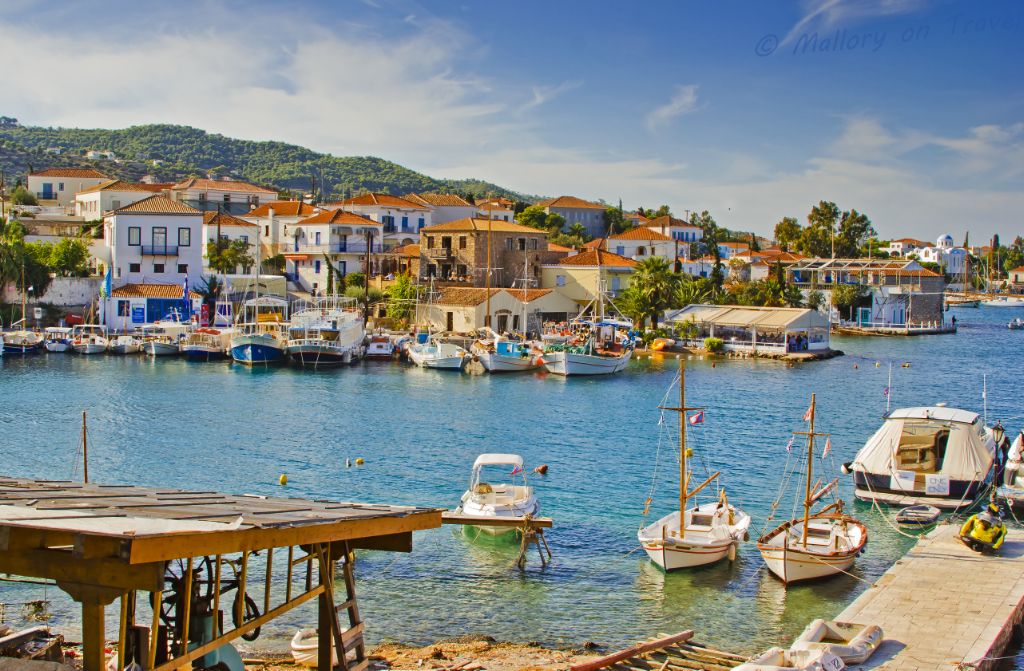 Spetses, an island boasting a long naval tradition, is famous for its significant contribution to the 1821 War of Independence. It was here that the revolution flag was raised on 3rd April 1821. The island has managed to retain its individual traditional character thanks to its well-preserved grand captain mansions, still bearing eloquent witness to the island’s glorious past. The picturesque old harbour and Dápia, a tourist and commercial centre where the heart of the island’s entertainment beats, are the trademarks of the town of Spetses.
Spetses, an island boasting a long naval tradition, is famous for its significant contribution to the 1821 War of Independence. It was here that the revolution flag was raised on 3rd April 1821. The island has managed to retain its individual traditional character thanks to its well-preserved grand captain mansions, still bearing eloquent witness to the island’s glorious past. The picturesque old harbour and Dápia, a tourist and commercial centre where the heart of the island’s entertainment beats, are the trademarks of the town of Spetses.
Poros
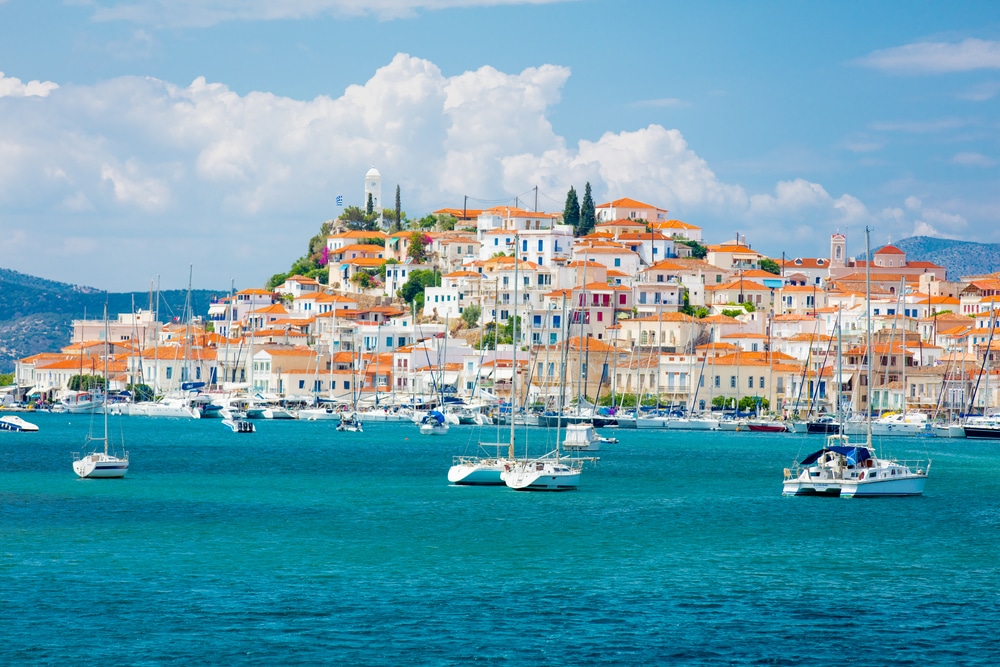 The town of Poros is built in the shape of an amphitheatre over two hills. In antiquity Poros consisted in fact of two islands, Sphería and Kalávria, but the last explosion of the Méthana volcano in 273 BC radically changed the morphology of the area. Sphería was cut off from Méthana, and in this way Póros took its present-day form. Lush pine trees vegetation, crystal clear beaches, a lively waterfront adorned with shops, cosy cafes and restaurants, a picturesque capital (it has been declared protected settlement) with grand traditional mansions and picturesque cobbled streets, as well as a wide selection of entertainment venues are the ingredients of this quiet, yet cosmopolitan, destination that attracts visitors from all age groups.
The town of Poros is built in the shape of an amphitheatre over two hills. In antiquity Poros consisted in fact of two islands, Sphería and Kalávria, but the last explosion of the Méthana volcano in 273 BC radically changed the morphology of the area. Sphería was cut off from Méthana, and in this way Póros took its present-day form. Lush pine trees vegetation, crystal clear beaches, a lively waterfront adorned with shops, cosy cafes and restaurants, a picturesque capital (it has been declared protected settlement) with grand traditional mansions and picturesque cobbled streets, as well as a wide selection of entertainment venues are the ingredients of this quiet, yet cosmopolitan, destination that attracts visitors from all age groups.
Experience the stunning sites of the Peloponnese for yourself on one of our Peloponnese tours with Slow Tours